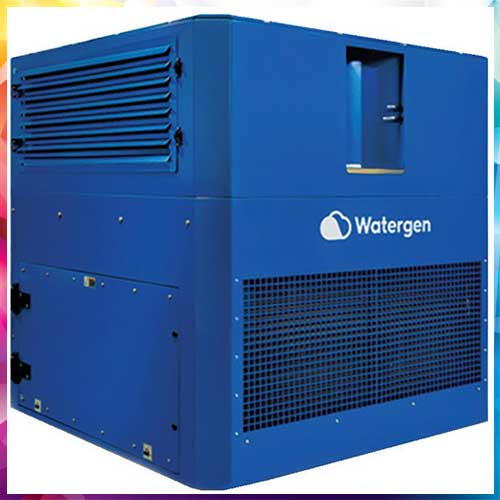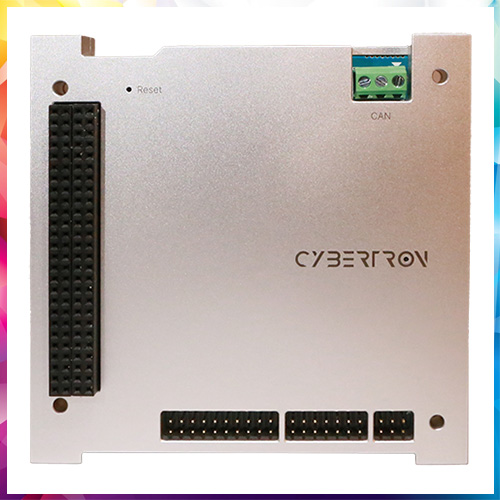Breaking News

Advanced Micro Devices (AMD) on Tuesday projected that its annual revenue from data center chips could reach $100 billion within the next five years, driven by accelerating global demand for artificial intelligence infrastructure. The company also expects its earnings to more than triple over the same period.
The outlook, announced during AMD’s first analyst day in three years, signals growing confidence in the company’s position in the fast-expanding AI and cloud computing markets—even as rival Nvidia continues to dominate the field.
AMD Chief Executive Officer Lisa Su told analysts in New York that the market for data center processors, networking chips, and AI accelerators is expected to reach $1 trillion by 2030, with artificial intelligence accounting for the bulk of that expansion.
“It’s an exciting market,” Su said. “There’s no question data center is the largest growth opportunity out there, and one that AMD is very well positioned for.”
The company projects its overall business will grow by about 35% annually over the next three to five years, while its data center segment could expand by 60% each year, Chief Financial Officer Jean Hu said.
The outlook, announced during AMD’s first analyst day in three years, signals growing confidence in the company’s position in the fast-expanding AI and cloud computing markets—even as rival Nvidia continues to dominate the field.
AMD Chief Executive Officer Lisa Su told analysts in New York that the market for data center processors, networking chips, and AI accelerators is expected to reach $1 trillion by 2030, with artificial intelligence accounting for the bulk of that expansion.
“It’s an exciting market,” Su said. “There’s no question data center is the largest growth opportunity out there, and one that AMD is very well positioned for.”
The company projects its overall business will grow by about 35% annually over the next three to five years, while its data center segment could expand by 60% each year, Chief Financial Officer Jean Hu said.
AMD also expects its earnings per share to reach about $20 within that timeframe—a sharp rise from the roughly $2.68 per share that analysts currently estimate for 2025, according to LSEG data.
Su’s bullish forecast underscores AMD’s ambitions to narrow the gap with Nvidia, which has set a towering benchmark in AI computing. Nvidia CEO Jensen Huang recently estimated that the global market for AI infrastructure could grow to between $3 trillion and $4 trillion by 2030.
AMD plans to launch its MI400 series of AI chips in 2026, offering several variants designed for both scientific workloads and generative AI applications. The company will also introduce a complete server rack system, mirroring Nvidia’s GB200 NVL72 platform that integrates AI accelerators and networking hardware.
To support its expansion, AMD has been steadily acquiring smaller firms that specialize in AI hardware and software integration. In recent months, it has purchased server builder ZT Systems and a number of AI software startups, most recently the acquisition of MK1.
“We’ve built an M&A machine,” Su said, emphasizing that AMD’s acquisition strategy is focused on strengthening its AI software capabilities and engineering talent base.
Chief Strategy Officer Mat Hein said the company will continue to pursue “AI software tuck-ins” to ensure AMD has access to the tools and expertise needed to compete across the AI computing stack.
AMD also projected stronger-than-expected revenue for the current quarter, citing robust demand for its AI-focused products and continued strength in its data center CPU business.
The company said AI-related investments across hyperscalers and enterprises are driving sustained momentum in its server processor segment, which has become a critical growth engine for AMD as traditional PC demand stabilizes.
While the company’s gains are unlikely to challenge Nvidia’s dominance in AI chips in the near term, analysts said the outlook marks a significant vote of confidence in AMD’s long-term competitiveness and its ability to capture a larger share of the surging data center market.
See What’s Next in Tech With the Fast Forward Newsletter
Tweets From @varindiamag
Nothing to see here - yet
When they Tweet, their Tweets will show up here.



























